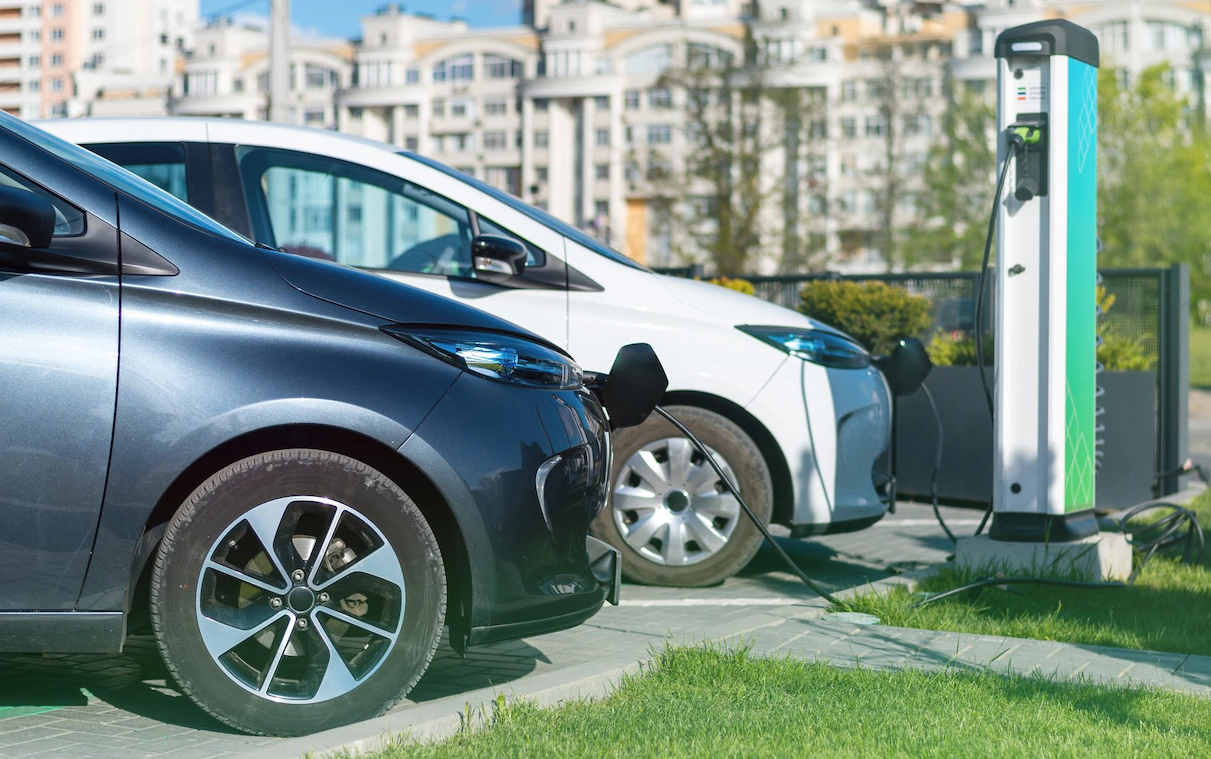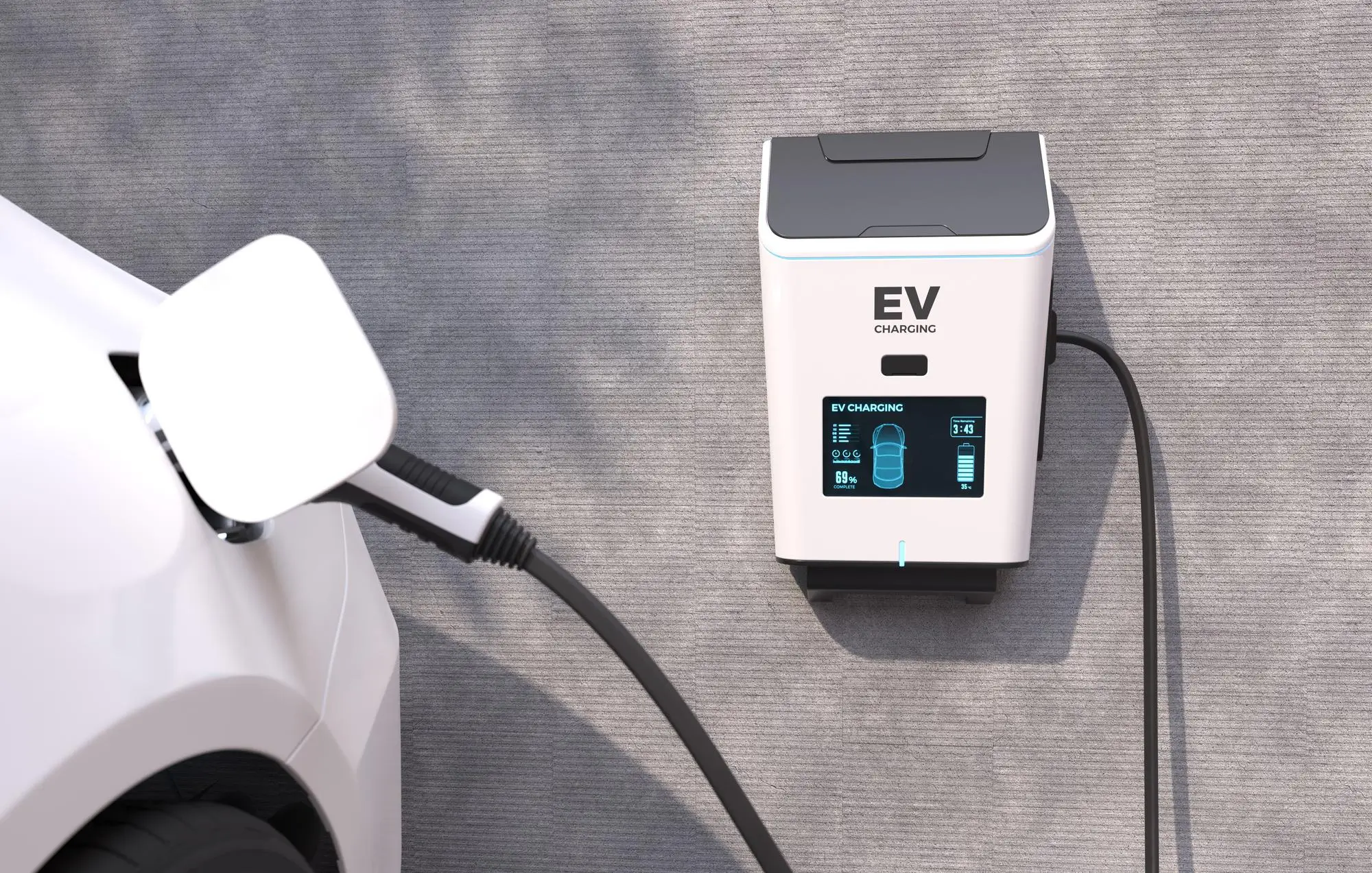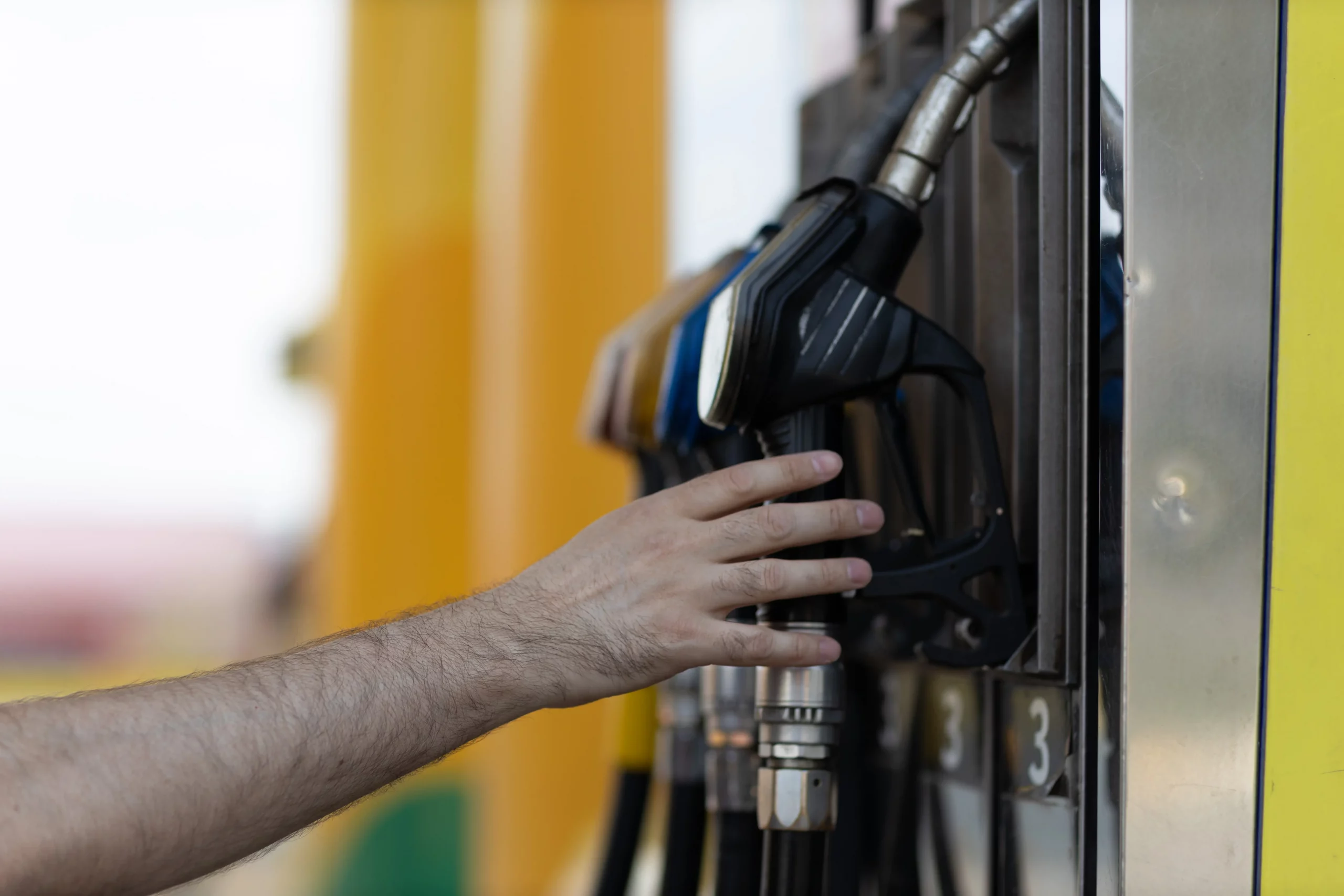Changes to US Infrastructure are Key to EV Adoption (PDF)
EVs are the future, but what happens if our infrastructure cannot keep up? A new report by S&P Global Mobility, which provides insight into the automotive industry, found that our current charging infrastructure is not robust enough to support the maturing electric vehicle market. A massive growth rate is needed, but can the U.S. step up?
We have already seen tremendous growth in the number of charging stations in the U.S., with more than 140,000 including both Level 2 and Level 3 chargers. In 2022 alone, there were about 54,000 Level 2 and 10,000 Level 3 chargers added to the existing infrastructure – a higher rate of growth than the preceding three years put together. However, this increase is nowhere near enough to meet the projected growth of electric vehicle (EV) adoption. By 2025, we need four times as many charger points and by 2030 we must see over eight times as many.

The number of electric vehicles on the road today is 1.9 million, or 0.7% of the total number of cars. It doesn’t seem like charging should pose a problem, but the market is growing rapidly. The number of new electric vehicle registrations for 2022 reached 5.2%, and by 2030, EVs are projected to account for 40% of new vehicle registrations. In 30 years, there will be 28.3 million electric vehicles on the road.
As a result of this rapid growth, the U.S. will need about 700,000 Level 2 chargers and about 70,000 Level 3 chargers by 2027, according to S&P Global Mobility. There will be 1.2 million Level 2 and 109,000 Level 3 chargers needed in the U.S. by 2030, as well as home chargers, for those 28.3 million electric vehicles.
The difficulty of achieving widespread adoption of EVs goes beyond only adding chargers. As California and other states step up in order to provide the necessary infrastructure, other regions are slow to follow suit. S&P Global Mobility established that 35 states accepted federal assistance through the Bipartisan Infrastructure Law, which has set aside $7.5 billion for EV charging infrastructure. Although President Biden has promised to finance 500,000 charging stations installation, it is also essential to see what role the private sector can play.
EVs are currently operating in 36.9% of states, so the private investment isn’t hard to get. As the economy grows, private investment will follow, and charging infrastructure will be built out more rapidly. There may be a need for public-private investment ahead of the full need for charging infrastructure in other states. The focus must also shift from urban areas to rural areas, where most charger stations are currently located.
In addition to public charging stations, battery swapping, wireless charging and increased deployment of DC wallbox solutions at home are all solutions that could help alleviate what appears to be a looming issue, but these fixes have their own roadblocks. For electric vehicles to become widely available, supportive infrastructure is essential.




